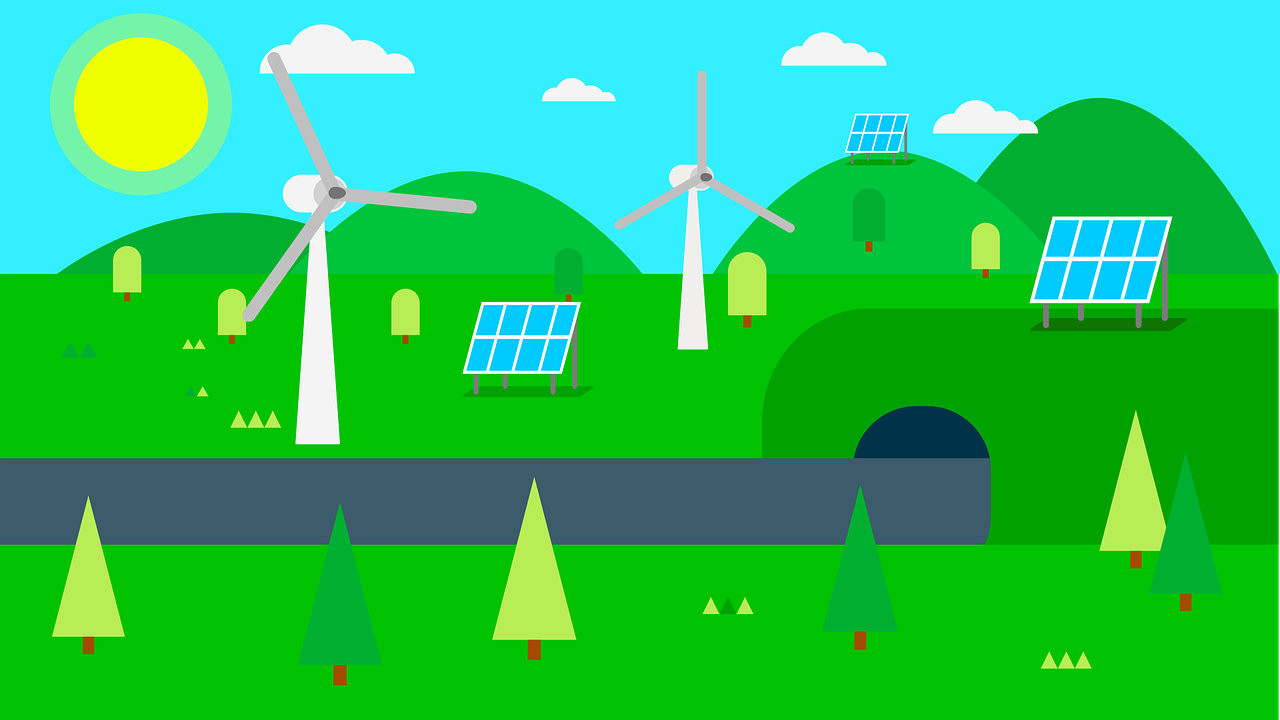
Renewable energy sources come in all shapes and sizes and the demand for these clean energy sources has skyrocketed in the face of impending climate change. Here at YSG Solar we—as you might have guessed—are big advocates of solar energy. It’s clean, affordable, simple, dependable, diverse and… well, you get the picture! With that said, we know that there are a number of great renewable energy sources available out there. With this in mind, we’ve decided to take a quick look at the top 5 renewable energy sources in 2019. These renewables are growing more popular and more affordable with each passing year and it won’t be long before fossil fuel industries decline even further than they already have. Particularly in places like New York, where ambitious, aggressive climate targets have been signed into law for the decades ahead of us.
Fossil fuels aren’t just bad for the environment, they’re also finite and extremely expensive. The use of fossil fuels can only lead to future climate devastation and they will run out eventually, meaning that renewable resources like those outlined below are the only viable way forward to meet our global energy demands. So, without further ado, here are the top 5 renewable energy sources available to us in 2019.
#1. Solar Energy
Solar energy involves capturing the abundant energy the sun provides and turning it into electricity through one of two processes, either solar PV or thermal solar. Solar PV uses photovoltaic solar cells, whereas the thermal approach involves a water-heating process.
Solar power is, of course, our personal favourite. It’s the most popular renewable energy source in the world, and the cost of a solar installation has been steadily decreasing as the technology has advanced in recent decades. Solar panels are quiet, cost-efficient, environmentally-friendly, and require little-to-no maintenance. Installing a solar system is straightforward and comes with huge, long-term savings potential. On top of this, a solar panel installation is easy to connect to a battery storage system. Energy storage is likely to play a big part in the future of renewable energy, so the ease of integration alongside solar should make solar-plus-storage even more popular in 2020 and beyond.
#2. Wind Power
Wind energy is captured through the use of huge outdoor wind turbines, which transform the natural energy provided by the wind into electricity.
Though solar power remains the most popular source of renewable energy, wind has grown massively in recent years as well. Wind turbines are highly-efficient, both in terms of the space they take up—their vertical design helping in this department—and the consistency of their energy generation. Of course, they are also much noisier than solar panels and rely on windy weather conditions to operate at peak efficiency.
#3. Hydroelectricity
Water generates energy through its rapid movement, and pieces of hydroelectric equipment such as dams and turbines are built in order to capture this energy.
Hydroelectricity is the oldest renewable energy source on this list, and remains a cheap, widely-used source of energy. Hydroelectric energy processes are extremely consistent and efficient and produce no waste byproducts whatsoever, ensuring a climate-friendly energy source. Like solar, hydropower requires virtually no maintenance once up-and-running. However, building a hydropower plant is a huge upfront investment and can interfere with the ecosystem of the surrounding water.
#4. Biomass Energy
Biomass refers to that energy which is produced by organic materials like wood and food/animal waste. There are a number of methods used to capture this organic energy, the most popular of which involves burning the natural waste materials.
Biomass energy is another renewable energy source which has seen exponential growth in recent years. Many have even suggested that biofuels could play a big role in the future of transportation, replacing the fossil fuels traditionally used to power our vehicles. Given the similarities to fossil fuels (minus the negative environmental impacts, of course!) it’s easy to see how biofuels could be implemented as an energy source for cars. Unfortunately, biopower remains expensive and the processes used to attain biomass energy can produce harmful carbon emissions—not an ideal side-effect for a renewable energy source.
#5. Geothermal Power
The earth’s natural heat provides us with geothermal energy, produced in reservoirs beneath the surface of the earth. This underground steam/warmth is captured and used to produce electricity or heat water, depending on the approach.
Geothermal energy has also seen a spike in popularity in recent years and is likely to end up a cheaper option than the likes of coal and natural gas in the very near future. The process of extracting geothermal energy from the earth is very consistent and dependable once set up, and the equipment involved requires little maintenance to operate efficiently across a long period of time. Geothermal power produces no waste byproducts but, like hydropower, the initial set-up can be both expensive and complex, demanding a lot of space.
Solar: Our Top Renewable Energy Source
If you’re interested in saving with solar—our #1 renewable energy source—please contact YSG today at 212.389.9215. We offer solar panel installations, battery storage solutions, and more, for commercial, residential, and industrial sites across New York and beyond.
To learn more about solar energy and renewables, check out YSG Solar on Twitter, Instagram, Facebook + LinkedIn.
By Shane Croghan
Sources:
https://www.ysgsolar.com/blog/five-main-types-renewable-energy-ysg-solar
https://www.12vmonster.com/blogs/product-questions/top-5-renewable-energy-sources
